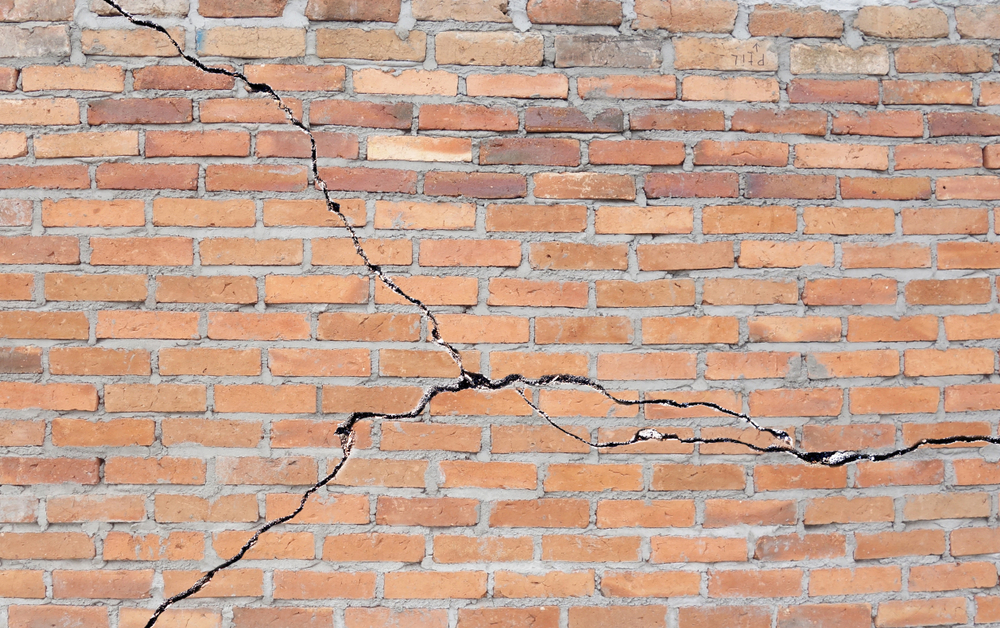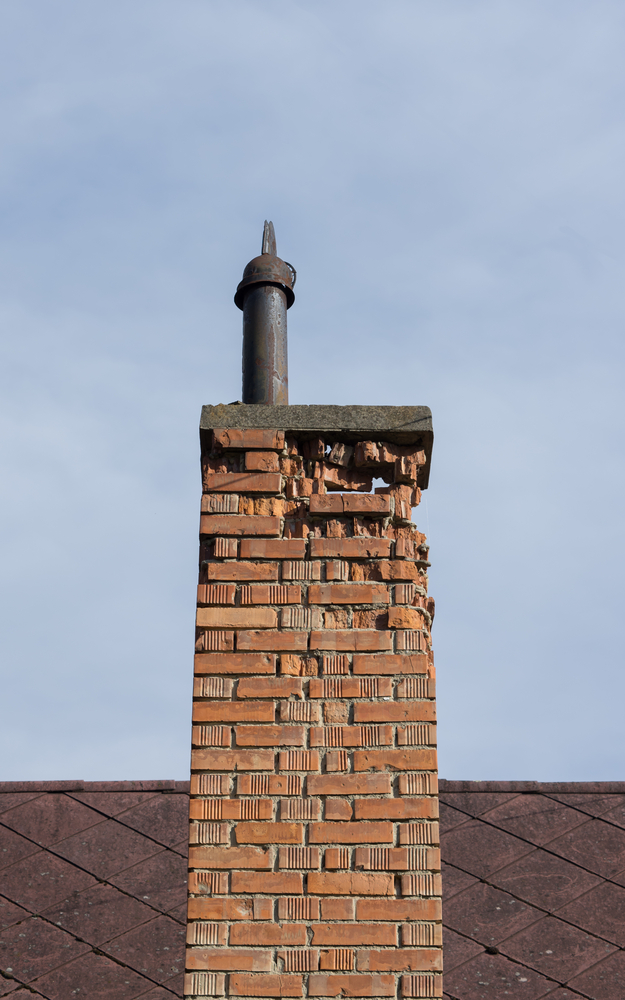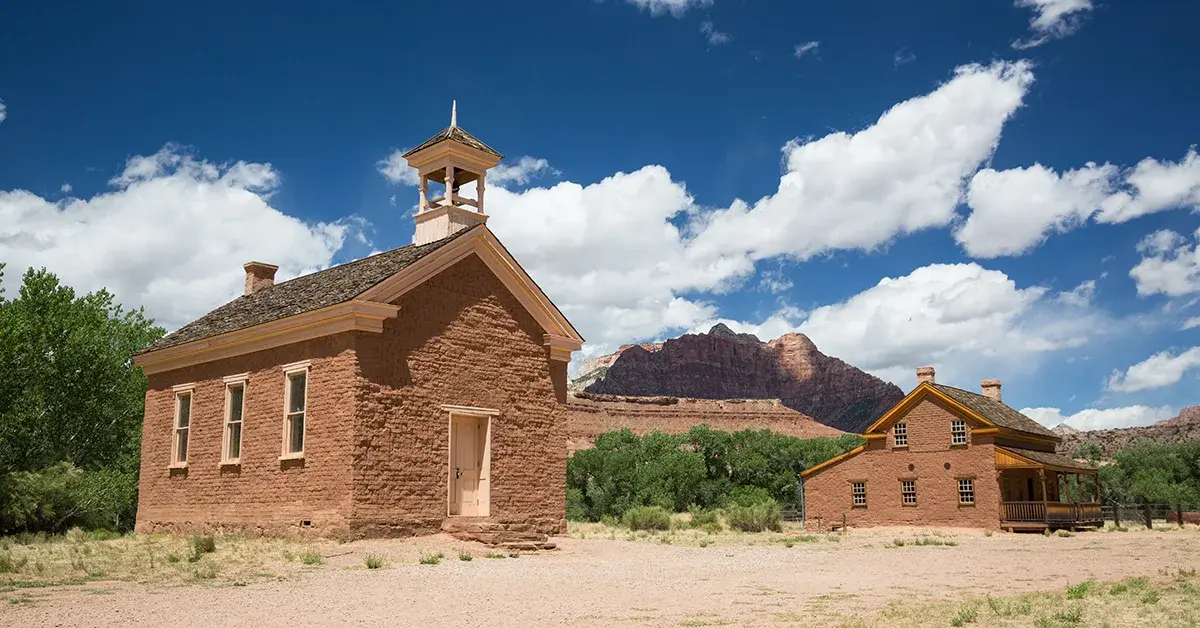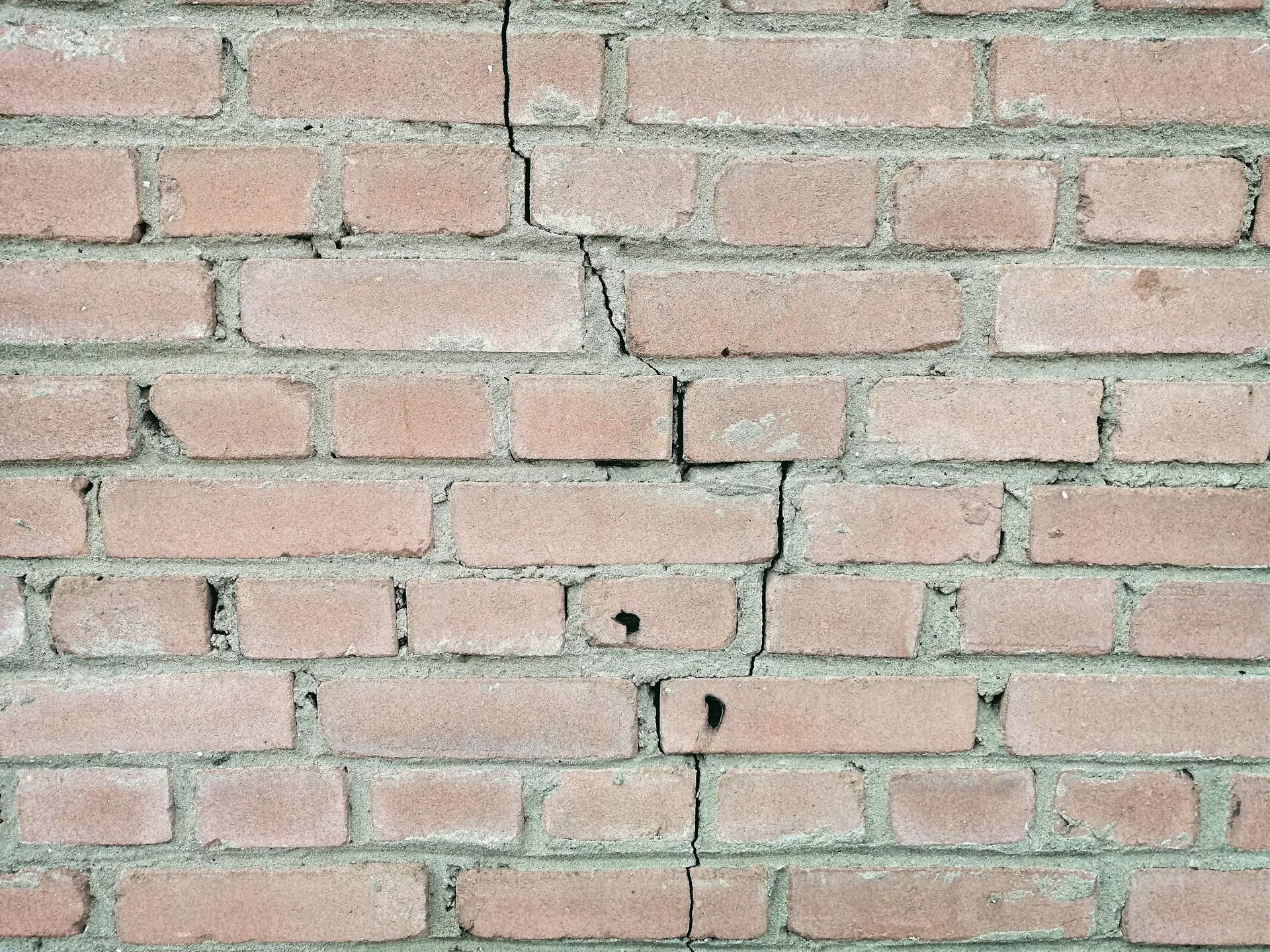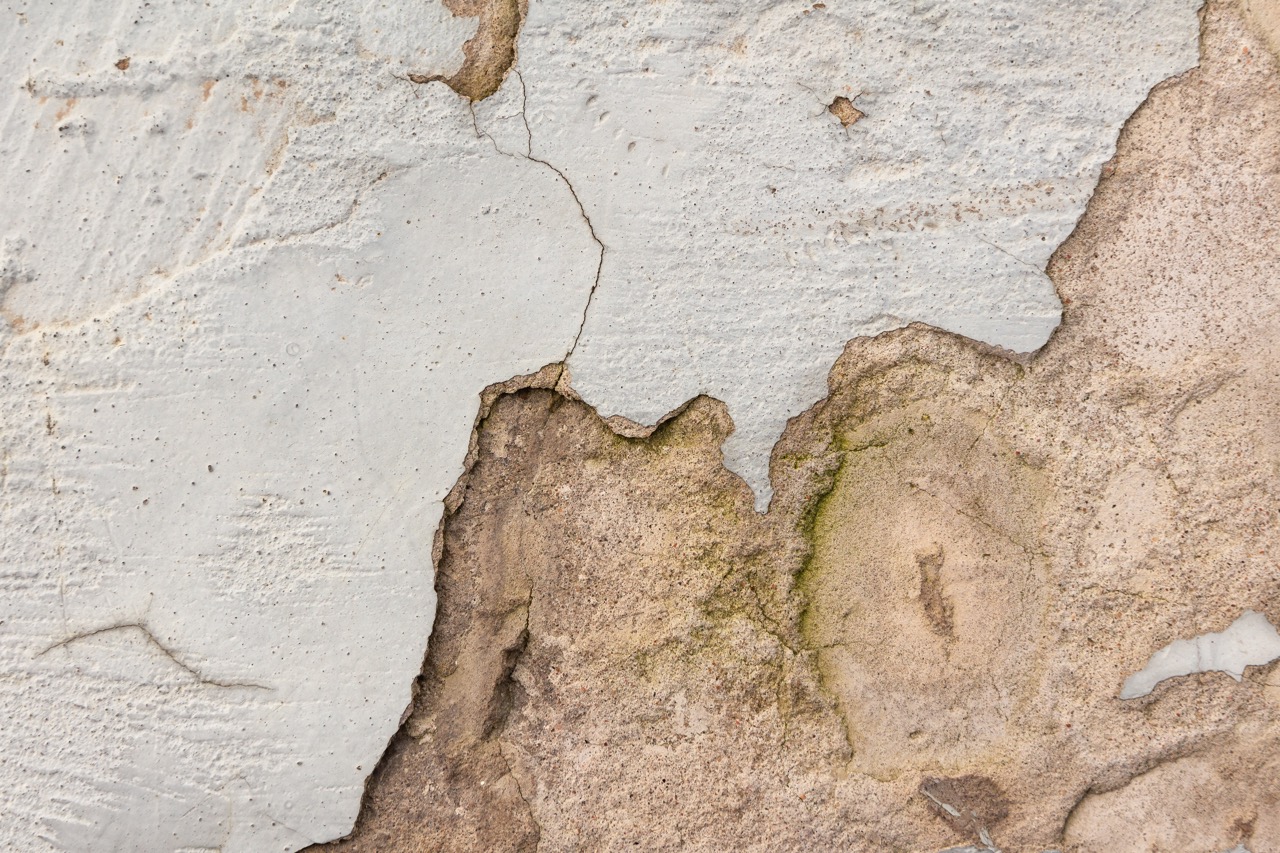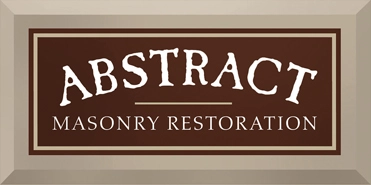What to Do and What Not to Do
Since the 5.7 magnitude earthquake near Salt Lake City, Utah on the morning of March 18, 2020, our phones have been ringing off the hook from good folks owning historic brick, stone or adobe houses, and commercial buildings. They are seeking advice on how best to act in light of their earthquake-affected masonry buildings. In hopes that we can assist anyone in this time of crisis, here is a list of Abstract Masonry Restoration’s list Do’s and Don’ts. Please share or forward this information to anyone you know who might find it useful.
First of all, here’s some important background info…
It is well documented that most historic masonry buildings do not perform well after earthquakes of significant magnitude. This is especially true for those buildings that are:
• Unreinforced masonry—not structurally braced, or reinforced with embedded rebar or other material
• Load bearing—a structural element of a building that bears the weight of everything above the wall
• 2 or more stories high
Two highly vulnerable areas are the lack of connections between:
• The roof structure and the top of masonry walls
• The floor structure and the walls
In Utah, it was the mid-1970’s that marked a significant shift away from unreinforced masonry. Chimneys and parapet walls (an extension of the at the edge of a roof, terrace or balcony) are also highly vulnerable to earthquake damage, but foundations and walls are certainly not immune.
Now, to the DO’s and the DON’Ts…
• DO focus first on life and safety issues. If you are unsure if your building is safe to be in or around, enlist the professional services of a structural engineer to inspect your building. In our opinion, it is important to use a structural engineer that knows, understands and has demonstrated experience with historic masonry. If you need a referral—call us. Abstract has worked closely with very good such structural engineers for over 30 years. We’re happy to point you in the right direction.
• DO carefully inspect your building. Be sure and photographically document all damage. Locate all cracks, fallen materials, and displaced or distressed masonry.
• DON’T discard any masonry materials that are damaged or have fallen off your building. This includes brick, stone, terra cotta, adobe, stucco or concrete. Collect these pieces and safely store them. Many of these historic materials can likely be reused in some way during the respectful restoration of your masonry. Don’t pass judgment on the materials, rather, let an experienced historic masonry restoration expert guide you. If you need matching replacement materials, they are likely available. We have collected and stored many salvaged historic brick, stone, adobe and terra cotta pieces.
• DO pay special attention to:
- Any cracks that did not pre-exist the earthquake.
- Pre-existing cracks that have either grown wider or traveled long distances.
- Look closely for cracks originating around wall openings such doors and windows. These openings are often areas of weakness.
- Do the cracks follow the mortar joints, or have some of the masonry units been cracked?
- Cracks in your foundation.
• DON’T overlook chimneys as they are particularly vulnerable to earthquake damage. If unstable they can often fall causing additional damage or threaten life and safety. Inspect for:
• Brick, stone, mortar or concrete that has fallen onto the roof or ground.
• Brick or stone units that have become dislodged.
• Sections of the chimney that are out of plane due to lateral shifting.
• DO make sure the mortar used to rejoin masonry units has been properly formulated to closely match the color, texture, shape, hardness and water vapor transmission rate of the original mortar. Otherwise, you are paying for future damages—not a proper restoration. Compatibility between the masonry units and mortar is extremely important in order to ensure great visual appearance and the length of time the restoration efforts endure.
• DON’T accept just any old “repair” to your masonry. It should be carefully and thoughtfully “restored” by using appropriate means, methods, and materials. This will ensure your historic masonry not only will look great but will also endure long into the future. It is well known that one of the most significant adversaries to properly restored historic masonry is well intended, but incompetent, inexperienced repairmen. Don’t be the someone who paid for damages rather than a respectful restoration. Colors, textures, mortars and compatible materials that perform well together matter. Attention to the unseen as much as the seen is key. It’s part of the very essence of craftsmanship and your building deserves it.
• DON’T overreact. While your masonry may be distressed, it almost always can be healed. It was built by hand. The tools and equipment to produce the brick, stone, and mortar were made by hand. The materials making up your building were painstakingly cut and shaped by hand. The mortar recipe was carefully crafted. The craftsman was closely connected with the raw natural materials the masonry units were made of. There were no short cuts during this process. Don’t accept shortcuts now!
We have implemented policies and protections to guard against the spread of the COVID-19 virus. Click here to review…
Please share or forward this information to anyone you know who might find it useful. If we can assist you or others in any way, please call us at (801) 505-4977.
Copyright 2020 Abstract Masonry Restoration, Inc.


